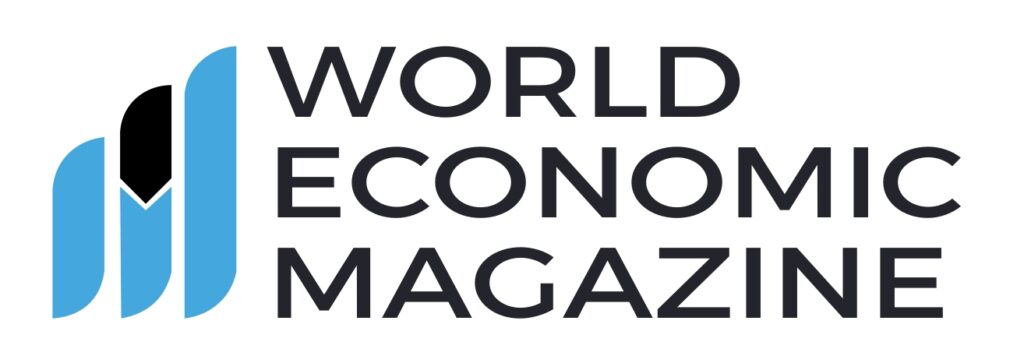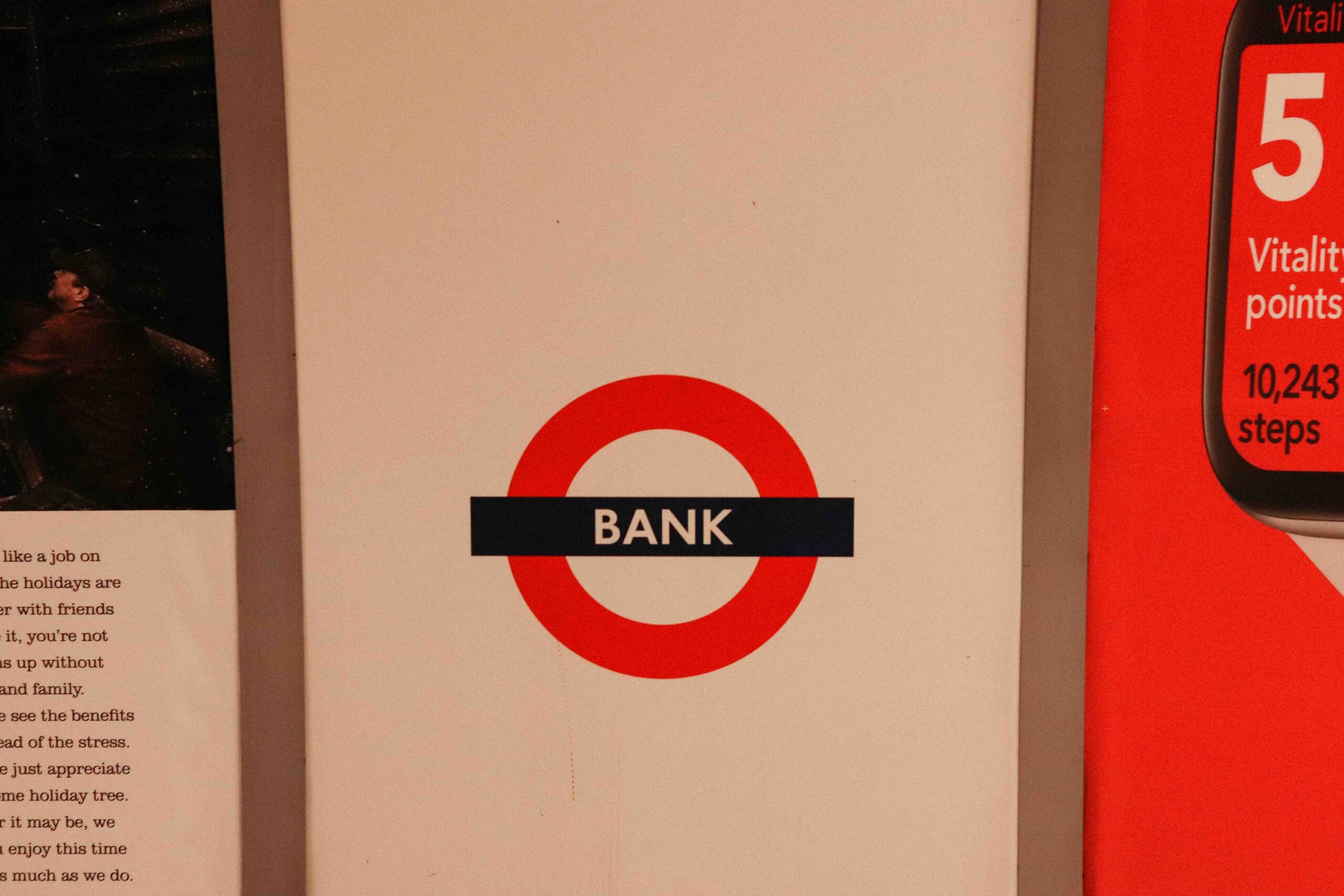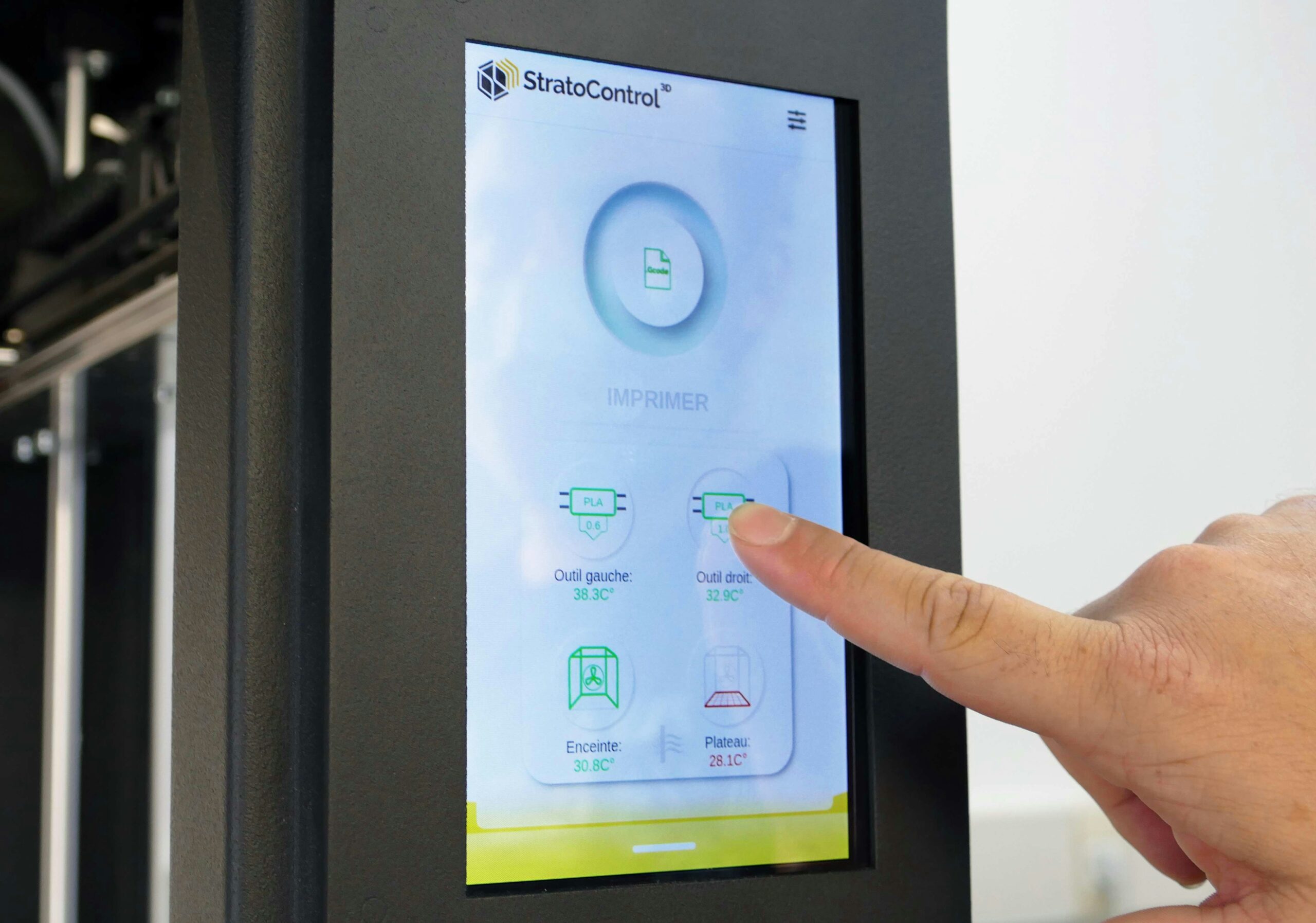
Bank of America Account Closures: What You Need to Know
Bank of America customers may face the possibility of having their accounts closed due to inactivity, a practice governed by state escheatment laws. While some account holders may be alarmed by this, the policy is not new and is standard across the banking industry.
Why Bank of America Closes Inactive Accounts
Under state escheatment laws, financial institutions must report and transfer abandoned or unclaimed accounts to the state after a certain period of inactivity. For Bank of America customers, an account may be flagged as abandoned if there is no activity for an extended period—typically three years or more. This includes various types of accounts, such as checking and savings accounts, Individual Retirement Accounts (IRAs), Certificates of Deposit (CDs), stocks, uncashed cashier’s checks, and even safe deposit boxes.
According to Bank of America’s FAQ page, accounts that remain inactive for prolonged periods may be considered abandoned, prompting the bank to notify account holders before taking further action.
What Happens If Your Account Is Deemed Abandoned?
When an account is flagged as abandoned, the bank usually issues a notice to the customer explaining the status of their account. This letter serves as a warning, urging the customer to take action to prevent their funds from being turned over to the state under escheat laws.
If the account holder does not respond or take necessary steps, their funds may be transferred to the state government for safekeeping. This process, known as escheatment, ensures that unclaimed money is not left indefinitely within the banking system. The funds remain in the custody of the state until the rightful owner or their heirs claim them.
Bank of America Confirms No Policy Change
A spokesperson for Bank of America addressed concerns surrounding this process, stating that no new policy changes have been made. “There has been no announcement, no warning, no changes at Bank of America. Every bank is required to follow state laws on what to do with abandoned accounts,” the representative clarified.
This means that customers do not need to panic about sudden account closures but should remain proactive in managing their finances.
How to Prevent Your Account from Being Closed
To avoid having your account flagged as inactive, Bank of America advises customers to regularly engage with their accounts. Simple actions can prevent escheatment and ensure your funds remain accessible:
- Log into your online banking account regularly – Even if you do not need to make a transaction, logging in occasionally shows activity on your account.
- Make small transactions – Depositing or withdrawing even a small amount of money can keep an account active.
- Use your debit card – Routine transactions, such as grocery shopping or bill payments, keep an account from being classified as inactive.
- Set up direct deposits or automatic payments – Recurring transactions like salary deposits or bill payments can maintain account activity.
- Respond to bank notifications – If you receive a notice about potential escheatment, follow the instructions promptly to avoid losing access to your funds.
Understanding Escheatment Laws and Their Purpose
Escheatment laws exist to protect consumers and ensure that unclaimed assets are stored safely rather than being indefinitely held by banks. Each state has its own rules regarding the timeframe for declaring an account as abandoned, typically ranging from three to five years. If an account remains untouched within this period, the bank is required to report and transfer the funds to the state.
Customers who realize their accounts have been turned over to the state can still reclaim their money. Most state governments have online databases where individuals can search for unclaimed property and initiate the process of retrieving their funds.
Why Some Customers Are Unaware of This Process
Despite being a long-standing practice, many bank customers remain unaware of escheatment laws until they are directly affected. This can be due to various reasons:
- Lack of communication – Customers who do not frequently check their mail or email may miss bank notifications about their account status.
- Multiple accounts – Individuals who maintain multiple bank accounts may forget about ones they use infrequently.
- Account holder passing away – If an account owner dies without informing their family of existing accounts, these may eventually be considered abandoned.
- Relocation without updating contact information – Customers who move to a new address without updating their details may not receive escheatment notices from their bank.
How to Recover Funds If Your Account Has Been Closed
If your account has already been closed due to inactivity and your funds have been sent to the state, you can still retrieve your money by following these steps:
- Visit your state’s unclaimed property website – Most states have an online database where you can search for funds held under your name.
- Submit a claim – If you locate your funds, follow the state’s process for claiming them, which usually involves submitting identification and proof of ownership.
- Wait for verification and processing – The state agency will review your claim and, upon approval, return the funds to you.
Final Thoughts
While Bank of America’s account closure policy may seem concerning, it is simply a reflection of state escheatment laws designed to safeguard unclaimed assets. Customers who remain proactive with their accounts can easily avoid the issue by regularly engaging with their banking activities.
If you have an account with Bank of America or any financial institution, it is crucial to monitor your accounts and take preventive measures to ensure you do not lose access to your funds. Whether through small transactions, setting up direct deposits, or simply logging in periodically, staying engaged with your accounts is the best way to prevent unnecessary closures and financial headaches.





